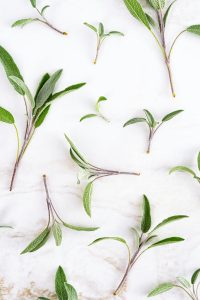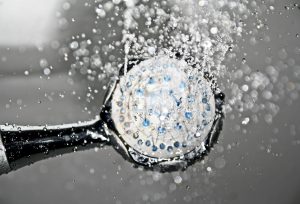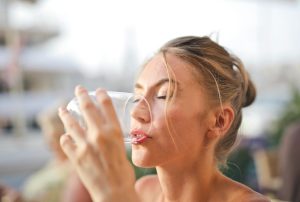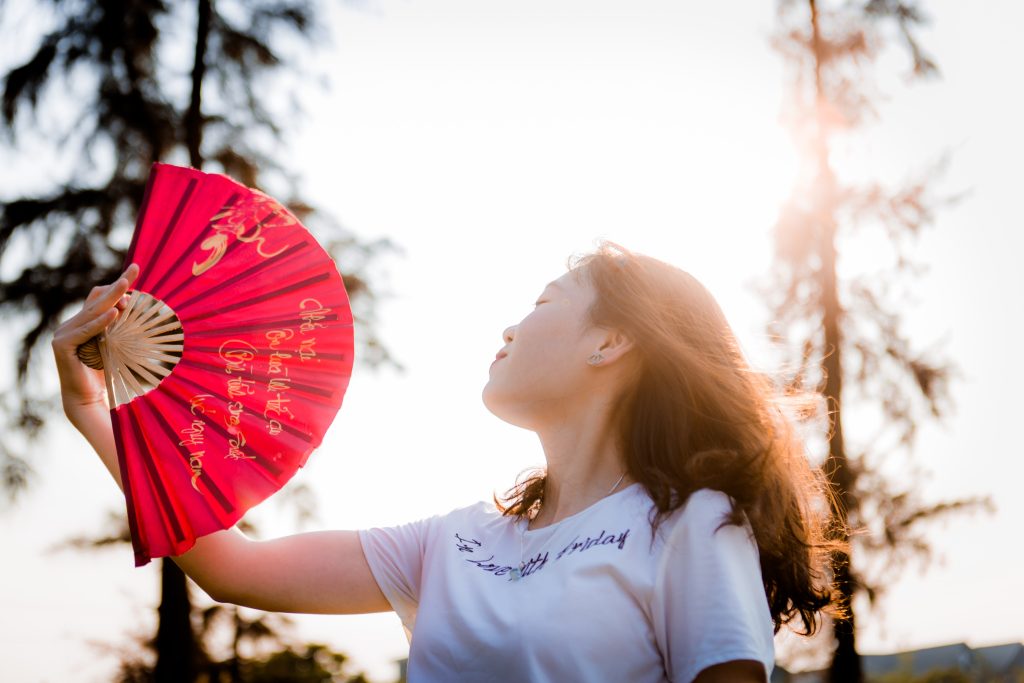As you mop your brow following no doubt another interrupted night’s sleep, it may come as little consolation to learn that many cultures believe that menopause should be celebrated as a new era in a woman’s life.
Menopause generally occurs between the ages of 45 and 55 but in some women it can begin much earlier. In others menopause begins as late as 65. For most women there are three phases: peri-menopause or menopause transition, where you still have periods but they may be heavier or lighter than usual; menopause, when ovarian function declines, oestrogen levels drop off and periods stop, and post-menopause, which officially begins 12 months after your last period – although wait 2 years before assuming you’re off the hook.
Throughout all three phases of menopause, hormones tend to run amok. Symptoms of menopause can include hot flushes, night sweats and vaginal dryness. Low mood and mood swings, thinning hair, headaches, tiredness, loss of libido and loss of bone mass are also symptoms associated with menopause.
Although every menopause is different, approximately 75% of women in the Western World will experience one or more symptoms. Thankfully, however, there are a number of remedies that can help smooth the transition into menopause and beyond.

Right at the top of this list is sage. One of our oldest medicinal plants, sage appears to have a rebalancing effect on the hypothalamus, which is an area of the brain responsible for sweat regulation.
When you go through menopause your ovaries produce less of the hormone oestrogen and this drop in oestrogen causes the hypothalamus to work extra hard to maintain hormone levels, upsetting its sweat-regulating function. This causes sudden surges in temperature and the uncomfortable ‘hot flush’ you may experience.
Sage helps to correct sweat regulation and reduce hot flushes. Fresh sage tincture diluted in a little water three times daily can really help. Try Menosan Sage Drops or for extra oomph, Menoforce Sage tablets. They provide a concentrated dose of organically grown sage for relief of excessive sweating associated with menopausal hot flushes, including night sweats.
Isoflavones, oestrogen-like plant hormones or ‘phytoestrogens’ can also help to reduce hot flushes by providing an additional hormone boost when oestrogen levels are low. They may also help with other symptoms of menopause such as fatigue and irritability.[1]
Good food sources of soy isoflavones are foods made from fermented soya, such as natto, tempeh and miso, and in Japan, for example, where soya is a dietary staple, less than 25% of menopausal women are reported to suffer with hot flushes.
Alternatively an isoflavone supplement can help. A.Vogel’s Menopause Support provides soy isoflavones, magnesium and hibiscus extract and can be used to help with all stages of menopause.
If flushes and night sweats are affecting your sleep, a quick audit of your sleeping quarters can help. The ideal temperature for a bedroom is between 16 and 18°C. If you are waking up in a bog of sweat then your bedroom may be too hot.
Keep the blinds or curtains closed during the day, minimise the number of lightbulbs you have on as they can generate a surprising amount of heat, and ditch that high TOG duvet.

Cool yourself down before going to bed with a lukewarm shower or bath, but resist the temptation to have an ice-cold shower as your body will just increase its core temperature to counter the effect of the cold water. An ice cold shower will also wake you up.
Choose natural fibres to sleep in and sheets over duvets to help increase airflow and circulation. And don’t lose the pjs – sleeping without any clothes on could make you even hotter, whereas pyjamas help to absorb sweat, allowing moisture to evaporate between your body and the bed sheets. Again choose loose fitting natural fibres over synthetic ones. Light cotton or silk pyjamas are best, as the fibres will draw moisture and heat away from your body.
Keep your feet cool. Feet regulate body temperature. Even if you just poke your tootsies out from under the covers, by keeping your feet cool, you can help to keep the rest of your body cool. Bed socks are a definite no-no.
Try not to eat too late and make your last meal of the day as light and as cold as possible. Your body uses less energy, and therefore generates less heat, to digest salads and fish.
 Stay well hydrated throughout the day and into the evening, but resist the night-time tipple. Your liver creates heat in the process of detoxifying alcohol. Plus bear in mind that alcohol is actually a stimulant. Try a refreshing infusion made with cooling herbs instead.
Stay well hydrated throughout the day and into the evening, but resist the night-time tipple. Your liver creates heat in the process of detoxifying alcohol. Plus bear in mind that alcohol is actually a stimulant. Try a refreshing infusion made with cooling herbs instead.
Sleep in the coolest room, which may be downstairs as heat rises, and if you’re really suffering, consider kicking out your partner. It may not be the friendliest of suggestions, but we humans generate a huge amount of heat.
For some natural support to help you sleep better try Dormeasan Sleep with fresh Valerian and Hops. It can help you get to sleep and also stay in the deeper stages of sleep for longer.
For further information on hayfever and allergy, visit Jay Thankey at Natural Health, 339 Ballards Lane, North Finchley, or call 020 8445 4397.


